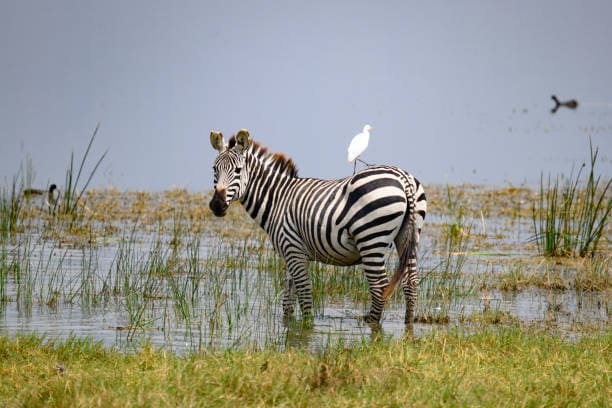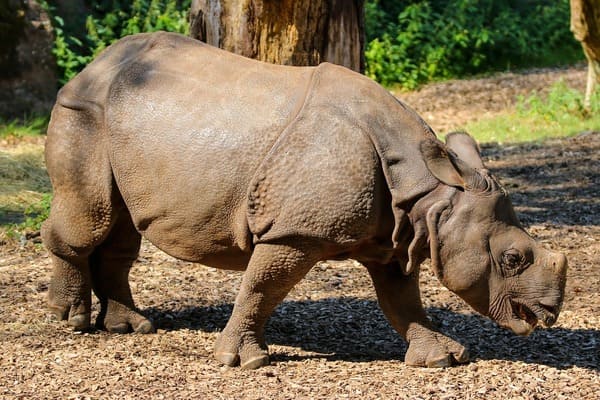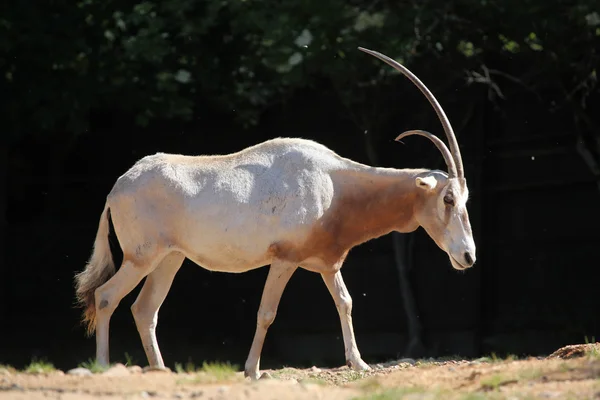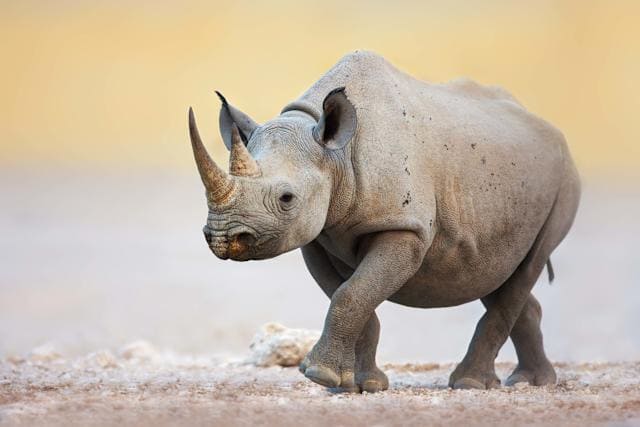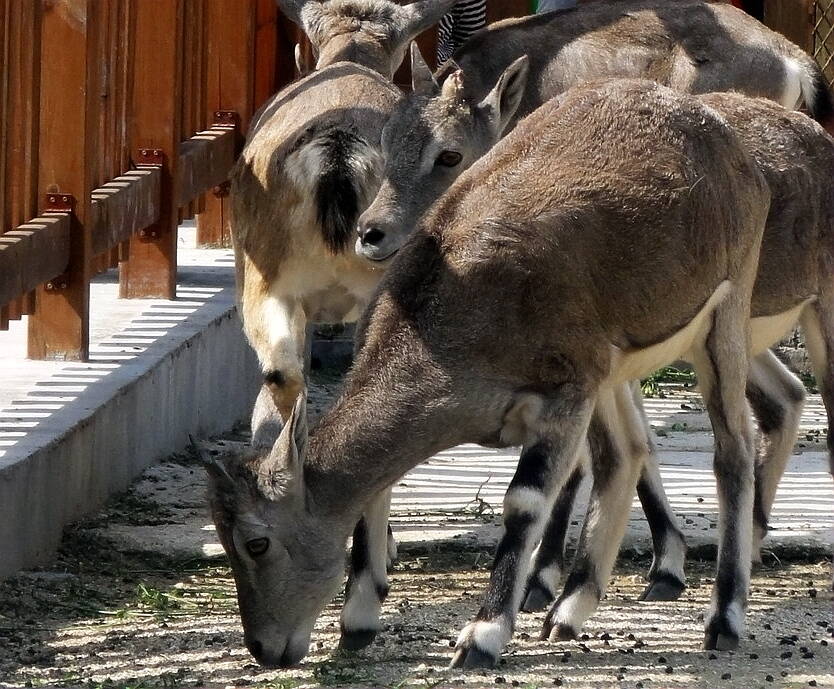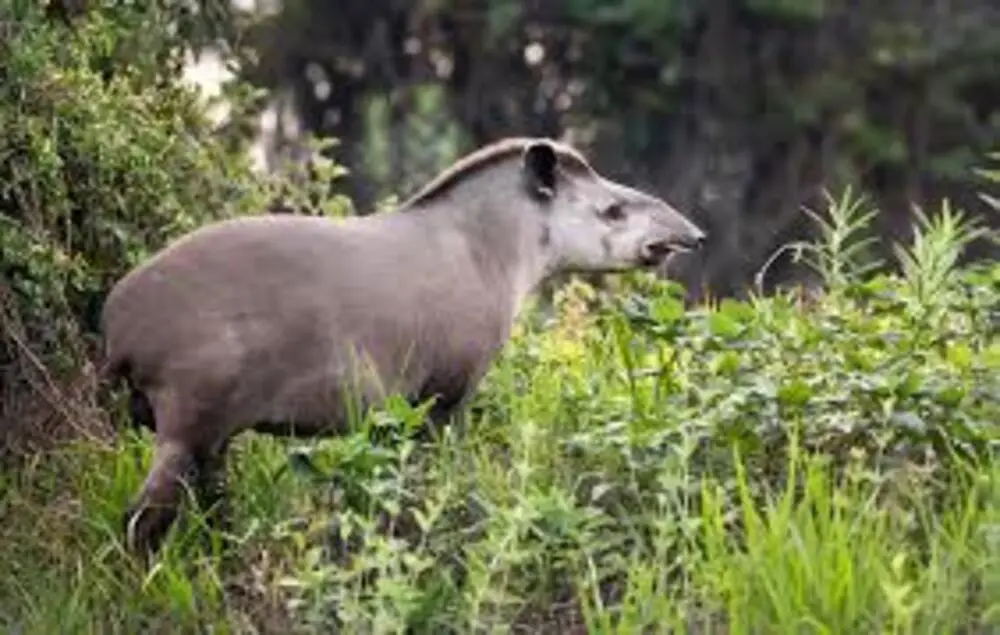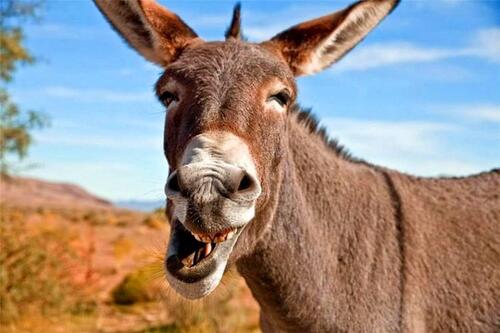Gazella spekei
IUCN
LCBasic Information
Scientific classification
- name:Gazella spekei
- Scientific Name:Gazella spekei
- Outline:Ungulata
- Family:Artiodactyla Bovidae Gazelle
Vital signs
- length:95-105cm
- Weight:15-25kg
- lifetime:No verification information
Feature
The smallest gazelle
Distribution and Habitat
Distributed in Somalia and Ethiopia in eastern Africa.
Appearance
The height of the gazelle is 50-60 cm at the shoulder, 95-105 cm in length, 15-20 cm in tail length, and 15-25 kg in weight. Its fur is light brown with a white belly. The male's horns are longer than those of the female, with an average of 29 cm in length.
Details
The Gazella spekei is the smallest gazelle. The Gazella spekei was once considered a subspecies of the mountain gazelle.
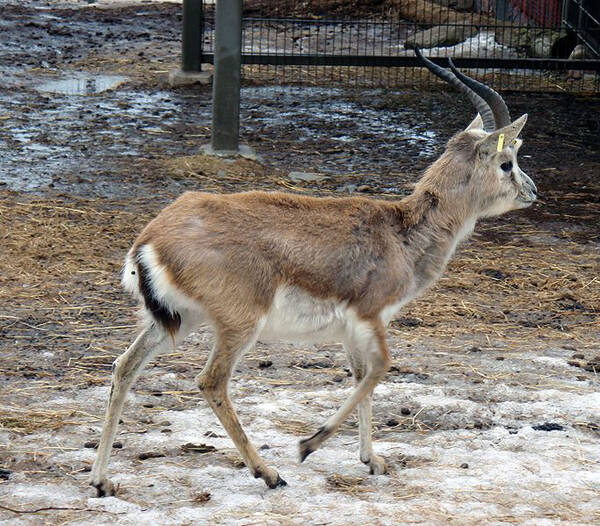
The population size of the Gazella spekei is relatively small, consisting of five to ten individuals, and occasionally larger groups. The territorial males control the herd and territory through urination, defecation and scent marking produced by the "preorbital glands".
During the breeding season, Stephens' gazelles mate with females after delivering a single calf around May or June, during a gestation period of five and a half months in December and January.
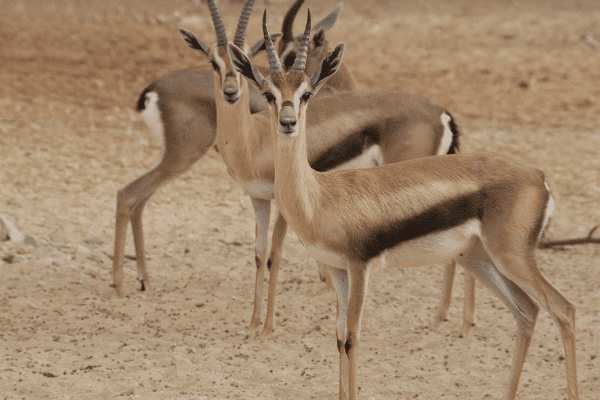
Listed in the "World Conservation Union" (IUCN) ver: 2008 Red List - Critically Endangered (CR)
Protect wild animals and eliminate game.
Maintaining ecological balance is everyone's responsibility!
The Gazella spekei is the smallest gazelle. The Gazella spekei was once considered a subspecies of the mountain gazelle.

The population size of the Gazella spekei is relatively small, consisting of five to ten individuals, and occasionally larger groups. The territorial males control the herd and territory through urination, defecation and scent marking produced by the "preorbital glands".
During the breeding season, Stephens' gazelles mate with females after delivering a single calf around May or June, during a gestation period of five and a half months in December and January.

Listed in the "World Conservation Union" (IUCN) ver: 2008 Red List - Critically Endangered (CR)
Protect wild animals and eliminate game.
Maintaining ecological balance is everyone's responsibility!

